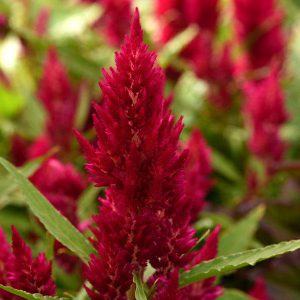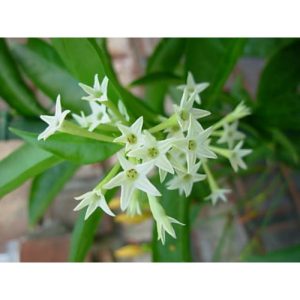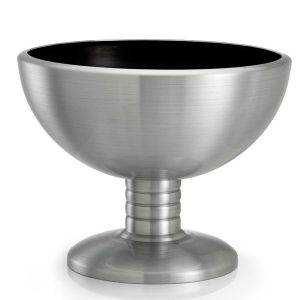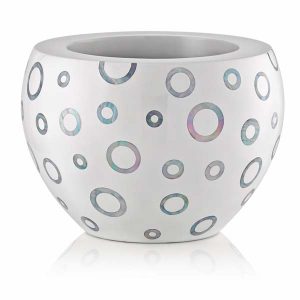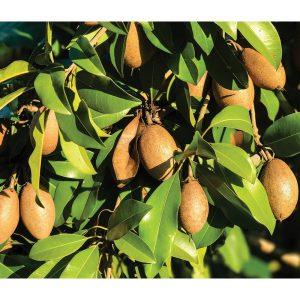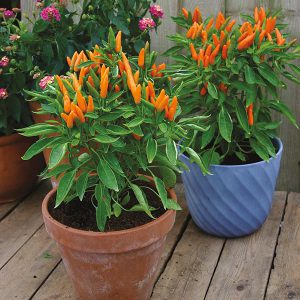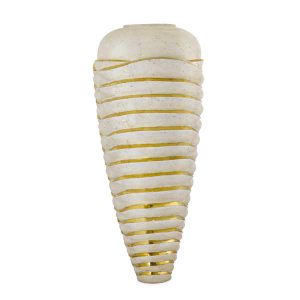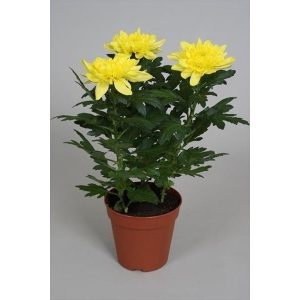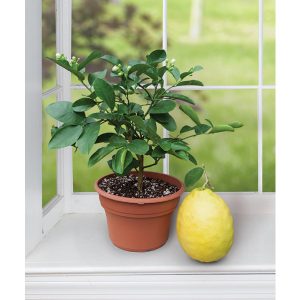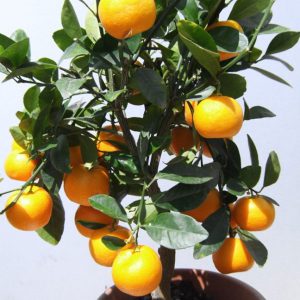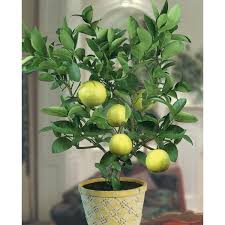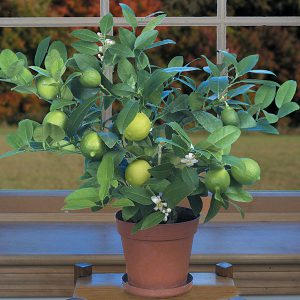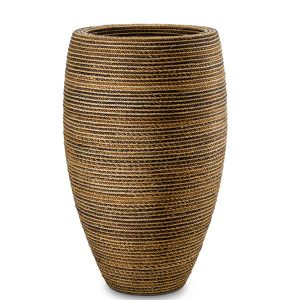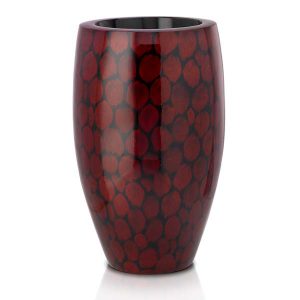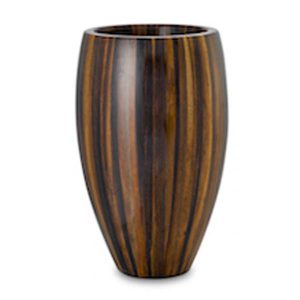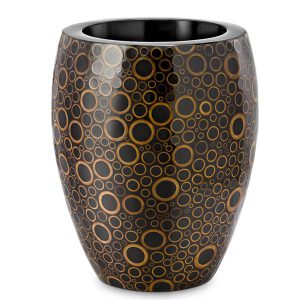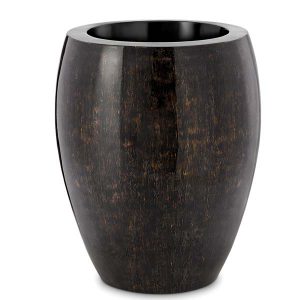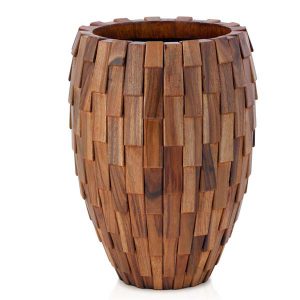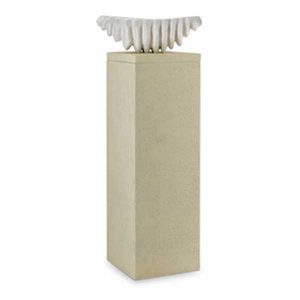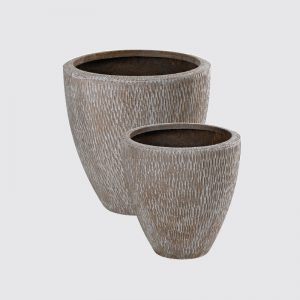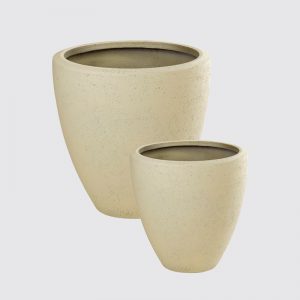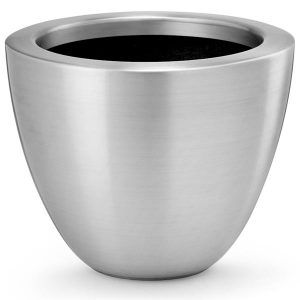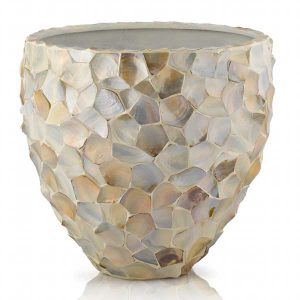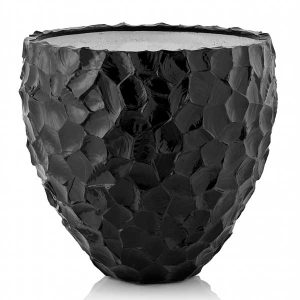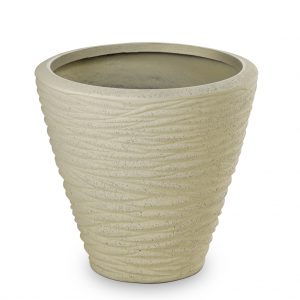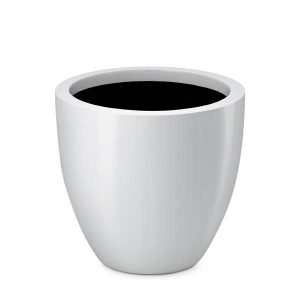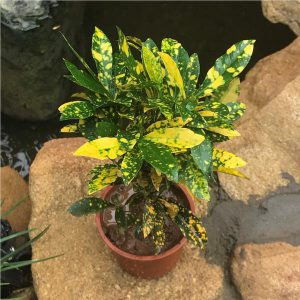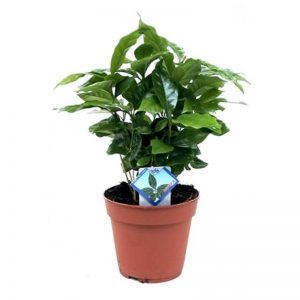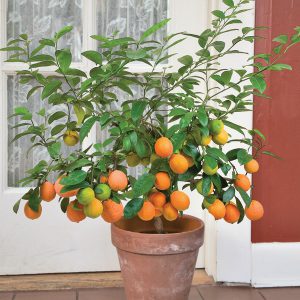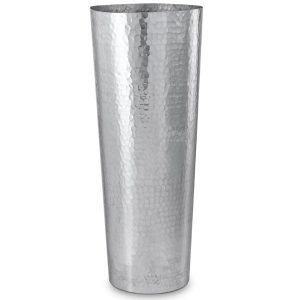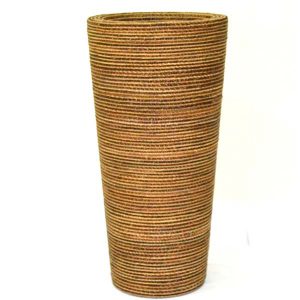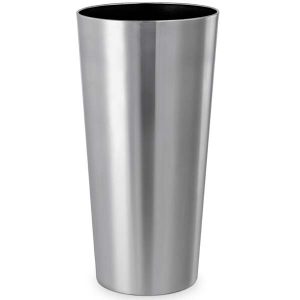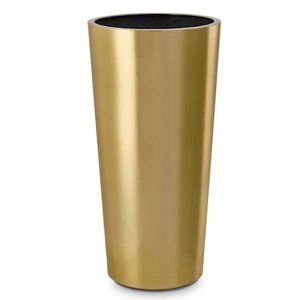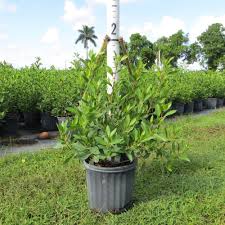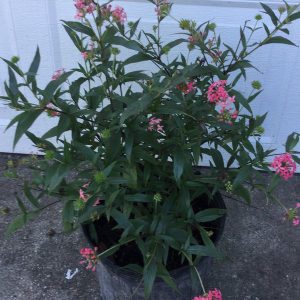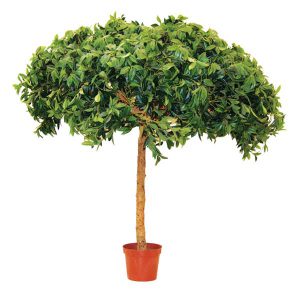Shop
Celosia
Sunlight: Full sun locations allow cockscomb Celosia to grow taller. But cockscomb may grow in only partial sun, so it can happily exist when partially shaded by taller plants.
Water: Celosia loves moist soil. Although the plant can tolerate short periods of drought but it grows much better when soil remains slightly moist. While watering, remember not to overwater plant to avoid leaf spots, stem rot, root rot and other fungal diseases.
AED 3.00Add to cart
cestrum nocturnum (night blooming jasmine)
- Water your plants freely during spring and summer, reducing the volume of water required in winter. Plants that are placed in containers require a monthly high potassium feed (such as a tomato fertiliser) as this will provide additional nutritional value. Summer jasmine are best pruned after they flower during late summer or early autumn. Hardy perennial.
AED 75.00Add to cart
Chickoo plant in pot
Chickoo has brown fuzzy skin and is more oval-shaped than its Central American cousins, though some develop pointed ends. The skin is inedible, but serves a purpose as a kind of bowl for the sweet flesh. The flesh is off-white to a yellowish brown color and has a soft and juicy texture. The sweet flavor of the Chikoo flesh is due to the presence of high levels of fructose and sucrose. Its texture and flavor has been compared to that of pear. Within the flesh of the Chickoo is a cavity with two to three large black seeds. The seeds are inedible and should be discarded.
AED 95.00Add to cart
Chilli Pepper
Colorful, compact plants that grow to heights and widths of about 12 inches, ornamental chili peppers (Capsicum annuum), produce masses of small, upright peppers that start out green, eventually turning chartreuse, orange, and finally rich, bright red. A single plant often produces more than 50 chili peppers at a time. Although ornamental chili peppers are tropical plants most often grown indoors
AED 30.00Add to cart
Chrysanthemum Indicum
Chrysanthemum indicum is a flowering plant commonly called Indian chrysanthemum, within the family Asteraceae and genus Chrysanthemum.
AED 35.00Add to cart
Citrus Lemon
The lemon is a small tree (Citrus limon) that is green even in the winter. It came from Asia, and is also the name of the tree’s oval-shaped yellow fruit. The fruit is used for cooking and other things in the world – usually for its juice
AED 130.00Add to cart
Citrus Mitis
Citrus mitis is an indoor orange tree very well suited to living inside our heated homes.
Citrus mitis, also called calamondin, is a small fruit shrub that produces edible fruits, but they’re so acidic that they’re hard to digest.
Indoors, simply set your citrus mitis in a well-lit spot but avoid direct sunlight during the hottest hours.
Also avoid setting it right near a radiator.
If you can, it is good to bring your Citrus mitis outdoors after any risk of freezing has disappeared, from spring until the end of summer, either on a balcony, terrace, or garden deck.
AED 260.00Add to cart
Citurs aurantifolia
Seedlings are largely true to type because of polyembryony. The juvenile phase lasts about 5 years. Root suckers and suckers on older branches, characterized by stout sharp spines, are common. Lime is an everbearing tree. Flowers are either perfect or male and borne in inflorescences of up to 10 flowers in the leaf axils of mature shoots, but are often single in the axils of a shoot which has just flushed. The stigma is receptive as the flower opens and remains so for a few days. Pollen is not released until the flower has opened. Copious secretion of nectar by a floral disk attracts insects, especially honey bees, which pollinate the flowers. Self-pollination occurs, but self-incompatibility limits fruit set.
Fruit requires 5.5-6 months from flowering to harvest. In Thailand there is little fruit in March-April. This may be due to early ripening (colouring) of the fruit during the cool dry period of December-February. Alternatively, the gap in supplies may be caused by poor flowering or fruit set during September-October (the second half of the rainy season).
AED 0.00Read more
Citurs clementine
Clementines (Citrus reticulata “Clementine”) are beautiful lush green trees that produce juicy citrus fruit in mid to late fall. They grow well outdoors in U.S. Department of Agriculture plant hardiness zones 9 through 11, but also can be potted and grown indoors elsewhere. If you live where it doesn’t get below 40 degrees Fahrenheit, care for the clementine tree in a pot until it grows to 3 feet tall, then transplant it outside.
AED 250.00Read more
Codiaeum Variegated Gold dust
Like most houseplants, they also appreciate abundant humidity. You can boost humidity for your croton by growing it in a well-lit kitchen or bathroom, placing a small humidifier nearby, or grouping it nearby other houseplants.
Fertilize croton in spring and summer to keep it healthy and growing. Crotons only need fertilizer once or twice during the season, but you can get them to grow faster by fertilizing more frequently. Follow the directions on the fertilizer package whenever feeding your plants.
AED 95.00Add to cart
Coffee Arabica Plant
Coffea arabica (/əˈræbɪkə/), also known as the Arabian coffee, “coffee shrub of Arabia”, “mountain coffee” or “arabica coffee”, is a species of Coffea. It is believed to be the first species of coffee to be cultivated, and is the dominant cultivar, representing about 60% of global production.[1] Coffee produced from the (less acidic, more bitter, and more highly caffeinated) robusta bean (C. canephora) makes up most of the remaining coffee production. Arabica coffee was first found in Yemen and documented by the 12th century.[2] Coffea arabica is called būna in Arabic.
AED 55.00Add to cart
Combacta (carissa grandiiflora) natal plum
Moderate growing evergreen shrub with a rounded growth-habit to 5-8’ tall and wide or larger with age. This durable dense upright-growing species features glossy deep emerald-green foliage accented with an abundance of showy sweetly-fragrant star-shaped pure white flowers that appear predominantly in spring with sporadic bloom throughout the year in milder climates. Following flowering appear 1-2” oval-shaped fruit that ripen to bright-red in summer. This fruit is edible and is popular for jellies and jams as well as being a food source for various bird species. Flowers and fruit are often seen at the same time. This species is armed with rigid forked thorns and makes a formidable barrier. Well-suited as a large background or screen and takes well to shearing making it a good clipped hedge. Tolerates coastal conditions and a variety of soil types provided they’re fast-draining. Drought tolerant once established though a more robust-looking plant will be achieved with regular watering. Full to partial sun.
AED 0.00Read more
conocarpus (damas)
There are many reasons why this is one of the most widely planted landscape trees and shrubs in the UAE. Fast-growing and tolerant of heat, drought and salt, it makes an excellent large landscape tree, or a screen or windbreak when planted as a hedge.
Often used as a pioneer species in soil stabilisation or reforestation projects, Damas has also proved effective in cleaning oil-contaminated soils and in absorbing heavy metals and minerals through its extensive, fibrous root system. Not only is Damas’s dense wood suitable for charcoal and young foliage for fodder, but it also has the appearance of a water-hungry exotic species. In fact, it is native to Somalia, East Africa and the Arabian Peninsula and requires relatively little irrigation.
AED 25.00Add to cart
conocarpus erectus var
This low-branching, multi-trunked, shrubby, evergreen tree has beautiful silvery leaves due to silky hairs which cover the leaf surface (Fig. 1). The inconspicuous, small, greenish flowers appear in dense conelike heads in terminal panicles in spring and are followed by 1/2-inch, conelike, red-brown fruits. The dark brown attractive bark is ridged and scaly. The leaves are small and fall between the grass blades of the lawn or are easily washed away in the rain.
AED 0.00Read more
Conocarpus Stem & Crown ‘Real Feel’
Conocarpus Stem & Crown
The plants in this section are not ‘variety’ or ‘species’ related.
They are grouped due to their ability to ‘stand alone’ as a feature plant of distinction, whether as a foliage plant, bonsai (miniaturized tree) or topiary (shaped tree). Each has a distinctive profile, (shape), foliage colour or texture.
AED 7,000.00Add to cart

